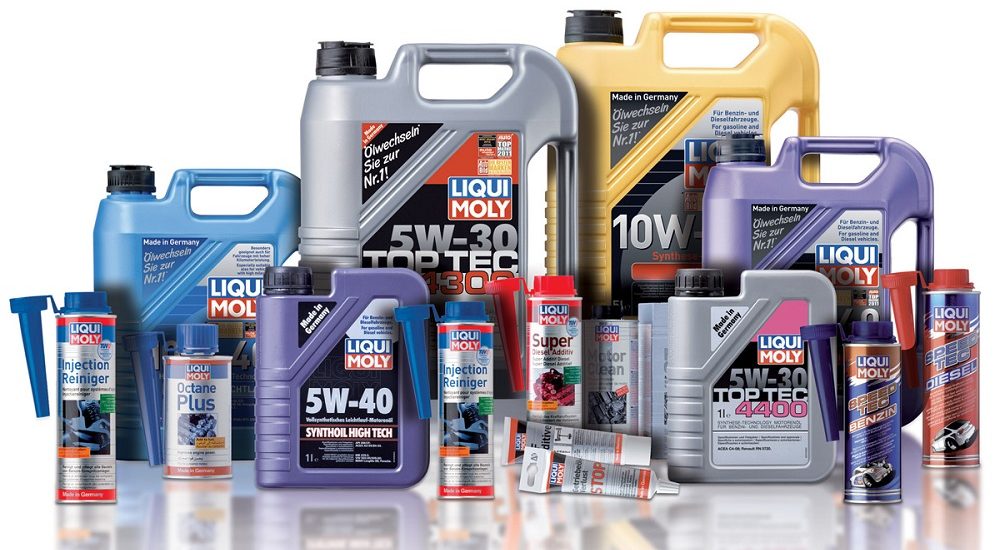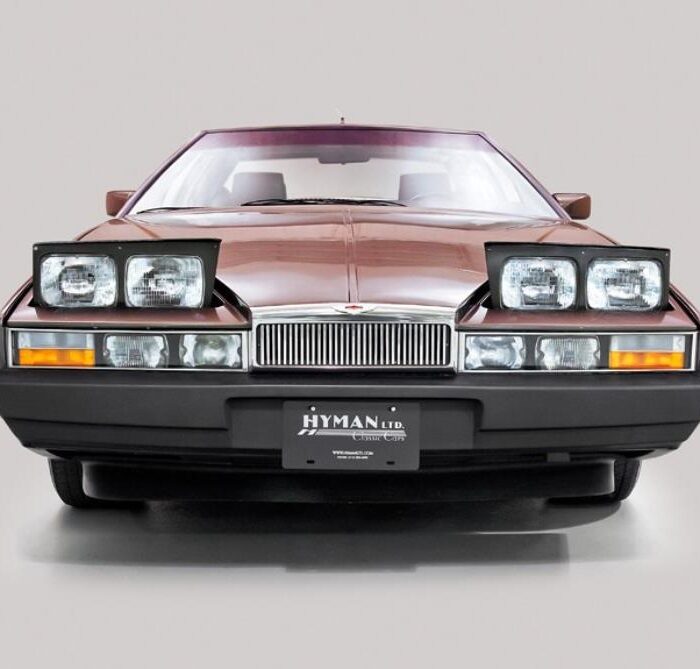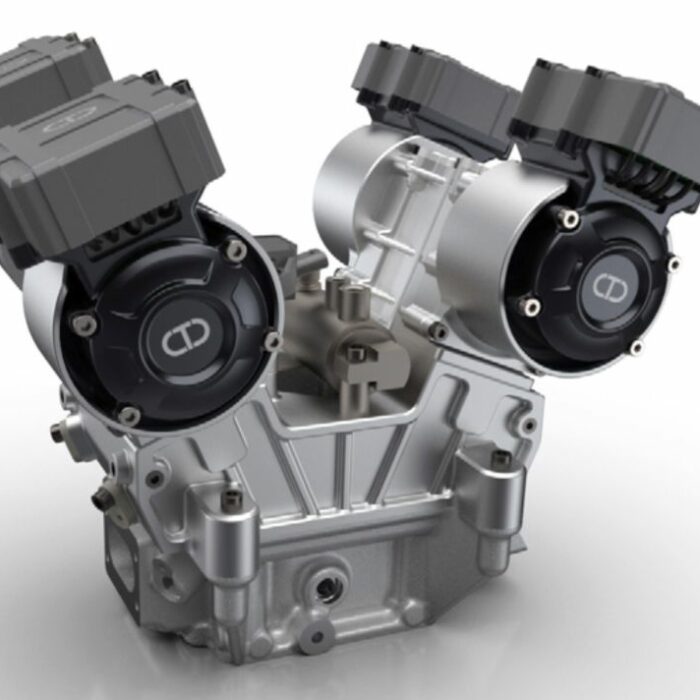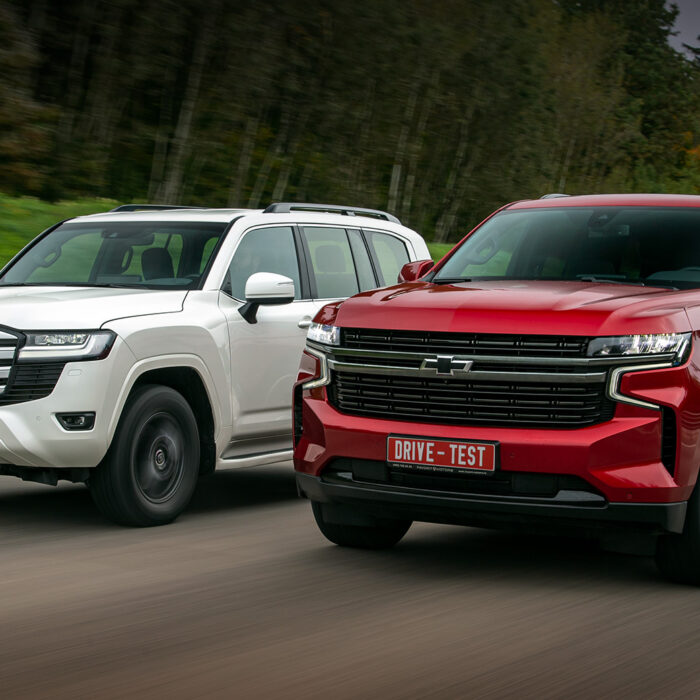Standards of automotive oils
We recommend you to choose automobile oils in accordance with a particular system. This is a standardization system adopted by the majority of countries. In this article, you will get acquainted with various standardization systems and learn how to choose the right oil for your car.
Automobile oil standard systems
Nowadays there are major classification types in use. These are SAE and API. There are also ACEA and ISLAC standards:
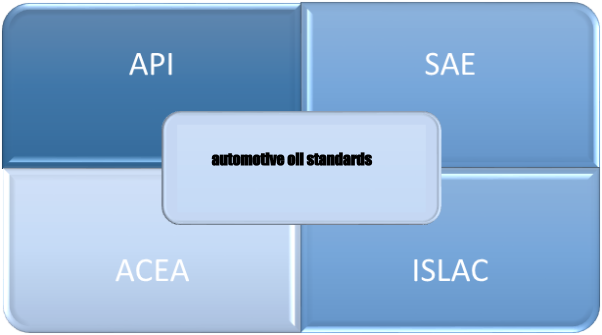
The oils are marked with letters and numbers. The first one stands for the type of the engine. The second one defines the manufacture year. The closer the letter to the end of the alphabet the more recent is the manufacture year. The letter “W” stands for the winter type of oil. The numbers indicate temperature limits for the use of the oil.
API standard was developed in 947. The current standards of motor oils according to API system allow to choose oil according to the following characteristics:
- type of fuel (for petrol engines the first letter in its name is “S”, for diesel engines look for the letter “C”, multigrade oil has double lettering);
- engine manufacture year (the second letter in the name for the petrol engines: C, D, E, F, G, H, J, L, M, for diesel engines: B, C, D, F, G, H, I).
The same marking was designed by European experts (ACEA):
A – the lubricant is used in petrol engine;
B – the mixture is used for light vehicles;
C – for petrol-operated or engine fuels;
E – oils designed for freight transport.
The international standard SAE is defined by the optimal viscosity. The oil for sub-zero temperatures is marked with the letter “W”. The temperature ranges correspond with the following numeric characters:
20W – 10-15 degrees below zero;
15W – 15-20 degrees below zero;
10W – 20-25 degrees below zero;
5W – 25-30 degrees below zero;
0W – 30-35 degrees and lower.
When the outside temperature is above zero, the following marking is used:
30 – applicable if the temperature is 35-40 degrees above zero;
40 – applicable at 35-40 degrees above zero;
50 – applicable when the temperature is 45-50 degrees above zero;
60 – applicable when the outside temperature is 50 degrees or higher.
If you can’t use the same oil, buy a new one from the same manufacturer. The letters should be differ by no more than 2 positions according to the engine manufacture year. You’d better purchase oil for the previous manufacture years. For instance, if a car with petrol engine was released in 2000, according to the standard it requires oil with “SJ”marking. Otherwise, “SH” and “SC” will do.
ACEA means European standards of physical-chemical study introduced in 1996. However, starting the 1st of March, 1998, the classification was revised. As a result, the new standards were introduced which are in force since the 1st of March, 2000. On the basis of it the full name of the standard is ACEA-98.
The European standard has much in common with the International API. However, ACEA is more demanding in respect to certain parameters:
- petrol/diesel engine is marked either with “A” or “B” letters. “A” class means three application while class “B” four;
- a truck (diesel-power unit) used under harsh conditions is marked with the letter “E”. It has four application.
Light vehicles with modern power units (BMW, VW Group) are fitted with advanced electronic systems. They conform to ACEA standard and require a special oil composition.
American and Japan car manufacturers have their own standard and classification called ISLAC. It is almost identical to the International API standard, thus, you can choose either one or another.
Marking for petrol engines:
GL-2 (ISLAC) = SJ (API);
GL-3 (ISLAC) = SL (API), etc.
JASO DX-1 was made into a separate group. These are Japanese cars with turbo-diesel power units which conform to ISLAC standard. This marking is also appropriate for modern motors with high ecological standards which are fitted with turbocharger.
Classification in accordance with the State Standard (GOST) was applicable in the USSR as well as in allied countries where the Soviet-era equipment was used. The standards provide for viscosity/temperature properties, application. API classification within the State Standard (GOST) is marked with Cyrillic letters. A specific letter stands for the certain class and type of power unit.
The same is about SAE except for the letter “3” used instead of the letter “W”.
The right choice of the oil is the backbone of engine productivity
To choose engine oil properly, one should adhere to the following criteria:
- for a new engine that has not reached the fourth the number of declared service life, choose 5W30 / 10W30 (SAE) oil;
- the engine with the average accumulated service life (25-75%) is more loyal. For this engine, you can choose 15W40/5W30/10W30 oil. Winter operation. All-season operation: 5W40.
- expired service life — 75% and higher. We recommend you to choose 15W40 / 20W40 (SAE) — summer. Winter operation: 5W40 / SAE 10W40 (SAE). All-season operation: 5W40 (SAE).
You should buy oil only from the trusted brands. Thus, your engine will last longer and save you the trouble.
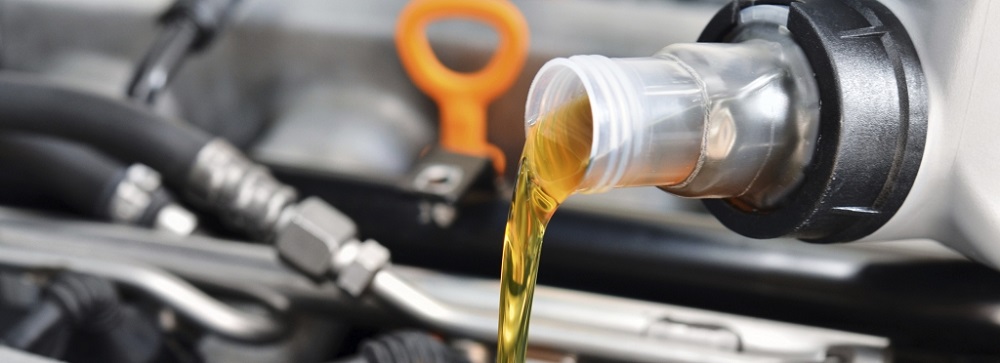
A great variety of car oils and their application does not exempt the driver from the need to possess a document that proves your right to drive. Thus, if you still have no International Driving Permit, don’t waste the chance to apply for one on our website.

